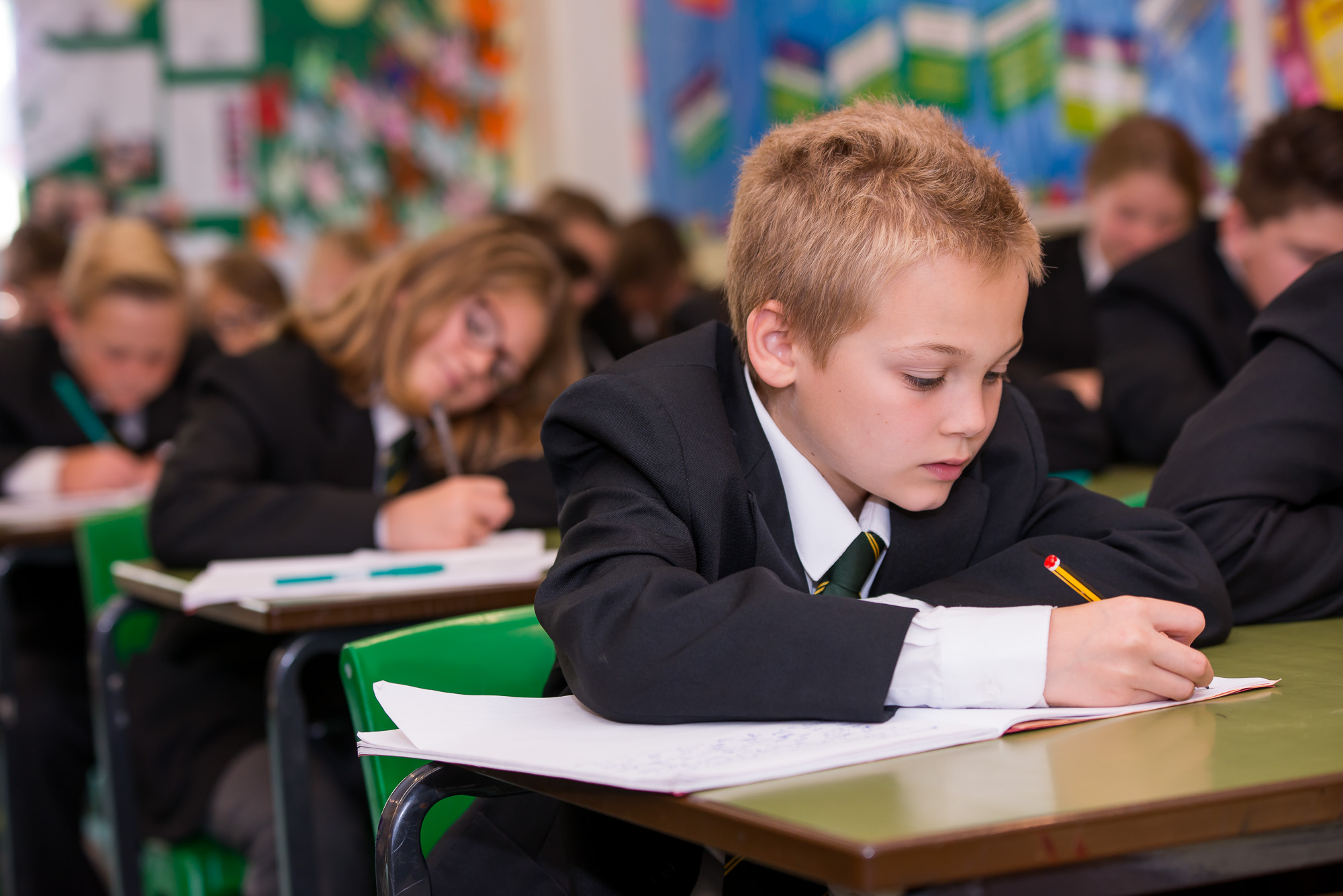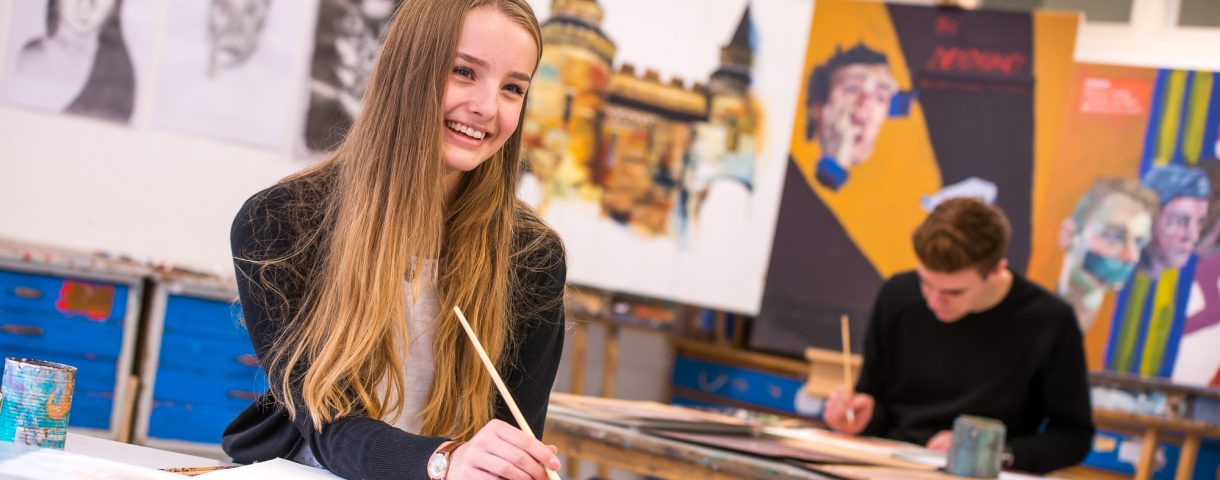Hilary Fine, Director of Assessment Development at GL Assessment, shares some of the innovative ways their partner schools have adapted during school lockdown – and how schools can approach assessment as more of their pupils return
The need for remote learning has unleashed endless creativity as schools have supported their pupils (and their parents) to maintain the continuity of education. There have been no guidelines to get us through this, and school leaders and teachers have risen to the challenge with initiatives that have felt right for them.
Challenges, competitions and quizzes are just some of the ways children have kept connected with their school – and here are some great examples from our partner school network:
- Dilkes Academy in Essex set their pupils a Science challenge before Easter: “Your mission, if you choose to accept it, is to design and make a parachute that will safely deliver an egg to the ground when dropped. Only household items can be used!”. Their Trust also arranged a ‘Recreate a book cover’ competition across their family of schools.
- Beecroft Academy in Dunstable launched a ‘story time’ section on their website, where staff read their favourite book for the children. Children then voted on Twitter for which teacher they wanted to listen to. They have also set up regular competitions, such as ‘design a robot’ and ‘write a story’ (with a reminder about punctuation).
- Wellingborough Preparatory School asked their pupils to conduct a science experiment at home, using dough with yeast and then without.
- Minehead Middle School in Somerset has been setting ‘Challenges from the Headteacher’ for pupils who are asked to send in their photo responses. These have included: ‘VE Day celebrations’, ‘Holiday in your bedroom’, ‘What are you grateful for?’
How will we begin to evaluate the effectiveness of these initiatives?
These examples show that a huge amount of energy and commitment has gone into keeping children connected with each other and their learning. But only time will tell how much progress they’ve actually made, and where gaps may have opened up.
As we look to return to face-to-face teaching and start to evaluate learning over the last few months, there will undoubtedly be results that surprise us. To take just one example – a headteacher we work with observed that his pupils were over a month ahead of where they would be if they had been learning in-school rather than remotely. Others, however, will see a different pattern.
It’s often the case that there is a core group of pupils who are actively participating in activities while others remain quiet in the background. Are these children engaged in learning? Are they engaged with each other? Or is distance learning simply not working for them?
Without the feedback and formative assessment that happens daily within the classroom, teachers will have little way of knowing until pupils return to school and problems become visible.

Where to start?
As more pupils return to school, school leaders have been telling us that they expect their priorities will be understanding the impact of lockdown on pupils’ wellbeing, as well as identifying gaps in learning. Some plan to assess immediately when they begin to return so that they can act quickly and put measures in place immediately. Others plan a period of adjustment to enable children to settle back in to the ‘new normal’ before formal assessment later in the term. Schools will, of course, make decisions based on what’s right for them and their pupils.
We won’t know for a while just how serious the impact of interrupted schooling turns out to be, particularly on those from disadvantaged backgrounds. Early indications are that sustained support for these children will be needed, not least as the Education Endowment Foundation says school closures are likely to reverse the progress made to close the gap in the last decade since 2011.
Over 1,000 teachers also attended our Closing the Language Gap webinar held in April which focused on the work being done in Blackpool to help close the reading gap for disadvantaged children. Such programmes will be needed more than ever as we try to recover the momentum lost to Covid-19.
With so many unknowns to respond to over the coming months it may be a while until you have a clear picture of the way ahead. Once you have, we’ll be here to help you build the sound foundations on which a positive way forward can be planned for all your pupils.
Our Back to School page has details of how we can help you address the issues that schools are identifying as priorities. Click here to find out more.
GL Assessment is delighted to partner with NAHT and offer its members a 10% discount off their first purchase. For further information, please contact us and quote the discount code NAHT by calling 0330 123 5375 or emailing us.

